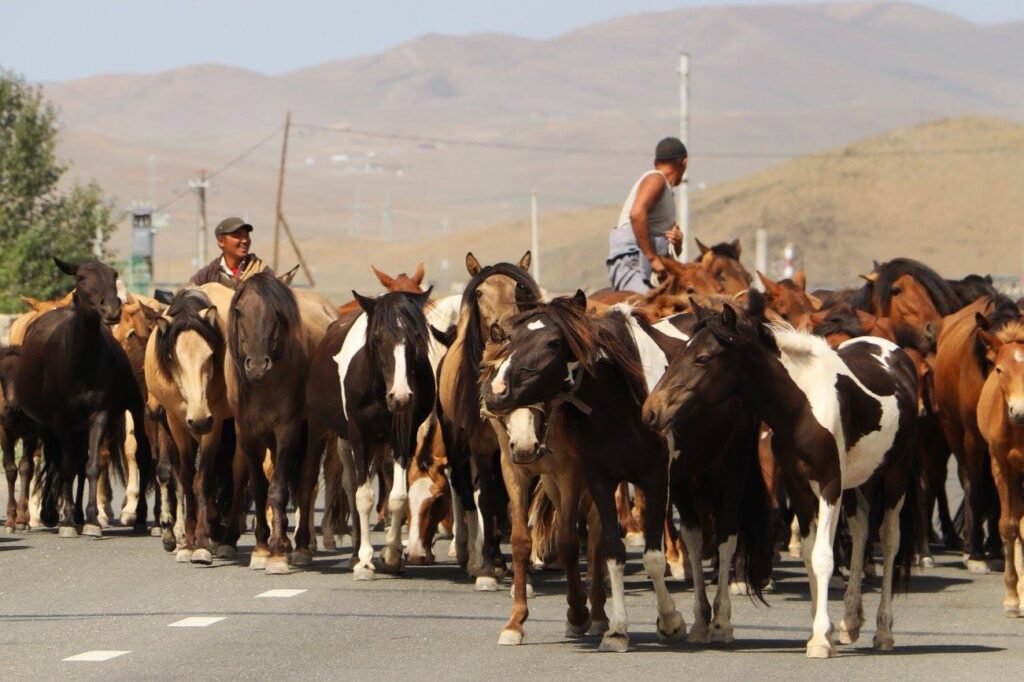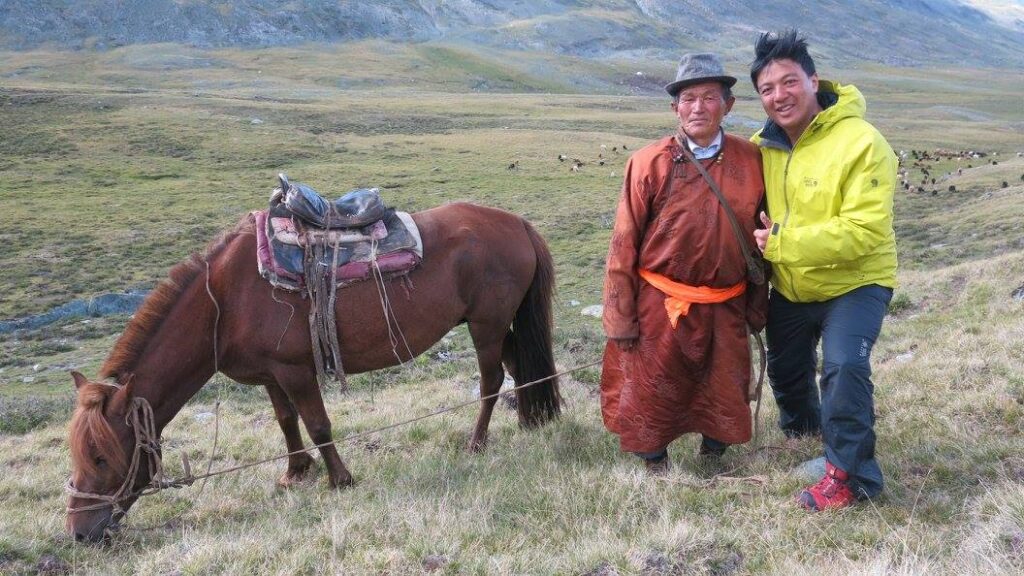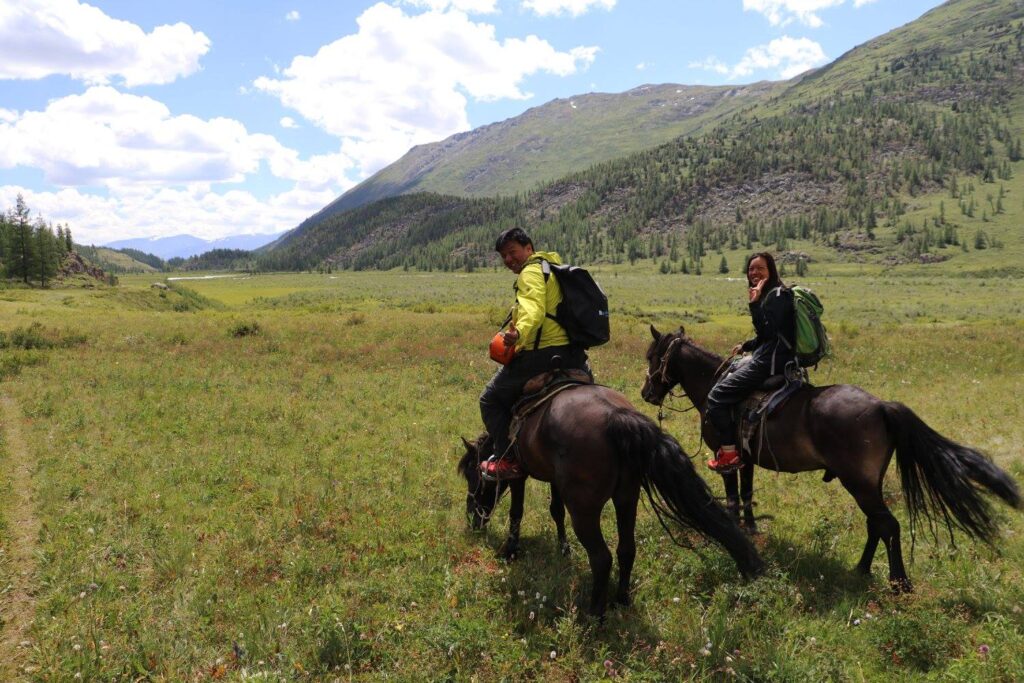Horse Riding in Mongolia: A Unique Tradition and Its Comparison with Western Horse Riding
Introduction
Horse riding holds a place of profound significance in Mongolia, deeply interwoven with the country’s history, culture, and way of life. For centuries, the Mongolian people have relied on horses for transportation, herding, and warfare, making equestrian skills central to their nomadic lifestyle. This article explores the traditional art of horse riding in Mongolia, compares it with Western horse riding practices, and highlights the distinctive features of each.

Mongolian Horse Riding: A Cultural Tradition
- Historical Context and Significance:
- Nomadic Heritage: Mongolia’s vast steppes and harsh terrain have historically made horses indispensable to the nomadic lifestyle. Mongolian horse riding traditions are deeply rooted in the need for mobility and efficiency in herding livestock and engaging in warfare.
- Cultural Symbolism: Horses are more than just animals; they are considered a symbol of freedom, strength, and status. The relationship between Mongols and their horses is characterized by mutual respect and deep understanding.
- Traditional Riding Techniques:
- Bareback Riding: Mongolian horse riding is traditionally performed bareback, with riders using a special saddle known as the “tulga.” This saddle is designed to be lightweight and practical for long journeys across rough terrain.
- Riding Style: Riders use a unique style where they lean forward slightly and employ a close contact with the horse. The riding posture is more upright compared to Western riding and involves a natural, flowing movement with the horse.
- Rope Halters: Instead of traditional bridles, Mongolian riders often use rope halters for controlling their horses. This method requires a high degree of skill and communication between the rider and the horse.
- The Naadam Festival:
- Traditional Events: One of the most famous aspects of Mongolian horse riding is the annual Naadam Festival, which features a horse race known as the “Mongolian Derby.” This event showcases the speed and endurance of Mongolian horses and the skill of their young jockeys, often children aged 5 to 13.
- Horse Breeds:
- Mongolian Horses: These horses are renowned for their hardiness and endurance. They are smaller and stockier compared to Western breeds, adapted to the extreme weather conditions and rugged terrain of Mongolia. Their unique gait and stamina make them well-suited for long-distance travel and racing.

Comparison with Western Horse Riding
- Equipment:
- Western Saddles: In Western horse riding, saddles are typically larger and designed to provide comfort and security, with features like horn and deep seats. This contrasts with the minimalist design of the Mongolian saddle, which is practical for the nomadic lifestyle.
- Bridles and Bits: Western riding generally uses a bridle with a bit for control, whereas Mongolian riding often relies on rope halters, reflecting different approaches to communication and control.
- Riding Style and Posture:
- Western Riding: Western riding often emphasizes a relaxed, seated posture with the rider leaning back slightly, which is suitable for activities like cattle herding and rodeo. The riding style is designed for stability and comfort over long periods.
- Mongolian Riding: The Mongolian style involves a more forward-leaning posture and closer contact with the horse. This style facilitates quick movements and agility, essential for tasks like herding and navigating rough terrain.
- Training and Techniques:
- Training Methods: Western horse riding often involves formal training techniques and routines, including dressage and jumping, which focus on precision and discipline. In contrast, Mongolian riding techniques are more practical and adaptive, developed to suit the needs of a nomadic lifestyle and the natural environment.
- Communication: Western riding uses various aids like reins and leg pressure to communicate with the horse, while Mongolian riding relies on a more intuitive connection and direct communication through the halter and body movements.
- Cultural Context:
- Western Riding: In Western cultures, horse riding has evolved into various disciplines such as dressage, show jumping, and rodeo, each with its own set of rules and competitive standards.
- Mongolian Riding: For Mongolian riders, horsemanship is deeply intertwined with cultural identity and traditions. Riding skills are passed down through generations, and the bond between rider and horse is integral to their way of life.

Conclusion
Horse riding in Mongolia represents a rich tradition that reflects the country’s nomadic heritage and deep connection with the land. The practices and techniques used in Mongolian horse riding are distinct from those found in Western riding, shaped by different historical contexts, cultural values, and practical needs. While Western riding emphasizes comfort and precision through advanced equipment and training, Mongolian riding focuses on adaptability, endurance, and a harmonious relationship with the horse. Both styles offer unique insights into how humans and horses interact, each contributing to the diverse tapestry of global equestrian traditions.
